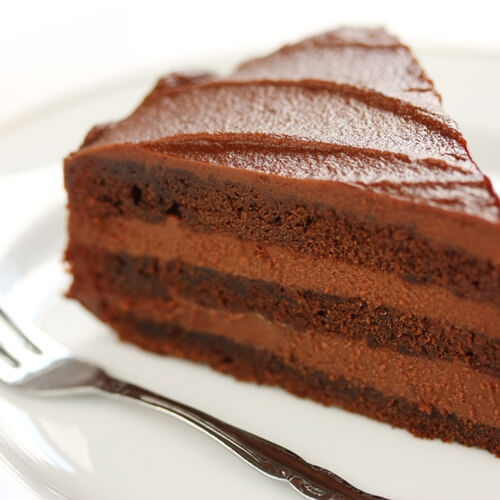Birthday cake fit for a prince
July 22, 2014, is Prince George of Cambridge’s first birthday. One royal baker will be charged with the daunting task of making the prince’s first cake, a job not envied by students of baking courses online. To make matters worse, the British are not known for their sweet delicacies. The traditional English baked good is often somewhat savory, such as the biscuit, scone or sponge. In a blend of both tradition and indulgence, Prince William and Kate Middleton shared a chocolate biscuit cake for their wedding. A cake for the prince’s first should represent more than just a love of sweets, but also a bit of English history.
Sweeter than Britain
Three significant parts of the traditional English diet are butter, clotted cream and tea. With these national foods in mind, one must bake a cake that supports the importance of these national staples. English cakes began their ascent into the common diet as treats that were enjoyed during breaks from work. They often were baked with large amounts of fruit or spices and served with butter. The full flavor and caloric content kept laborers full on long work days.
Caroline Taggart of Express went on a traditional tea and cake adventure to research her country’s cake history. Her journey throughout England brought her face to face with an expansive list of treats. The list included cakes such as the Cornish feasten, Bara brith, Grantham gingerbread and the bakewell pudding.
The First Cake
Most people do not remember the taste of their first birthday cake, but many of us have seen pictures of a child with a handful of icing and a cake-smothered mouth. For Prince George, the decision will not be his own. A baker must reinvent tradition, and bring modern baking techniques to an old British classic for a cake fit for a prince.
Many modern bakers have abandoned the traditional cake for chic alternatives such as the cake pop (cake in lollipop form), the naked cake (a layered cake with no icing on the side) and crisps(berries or fruit baked with crumble toppings). Some of these modern styles may lend themselves to the no-fuss recipes of British treats. Former royal chef, Darren McGrady, who baked for both Prince William and Prince Harry when they were young, suggests a recreation of the chocolate biscuit cake for the prince’s first birthday. The cake, made of actual biscuits, may be just what it takes to please a young prince.


